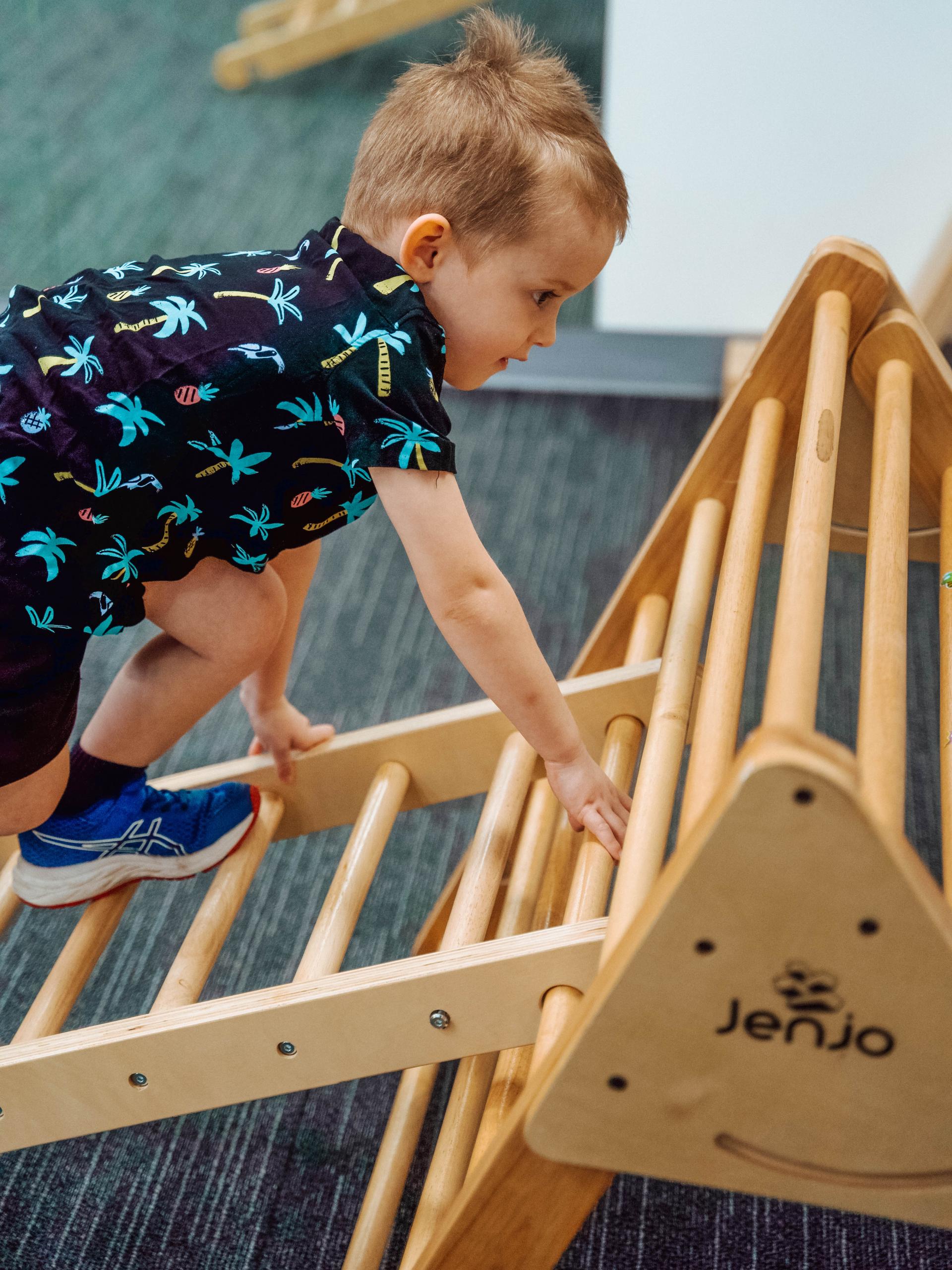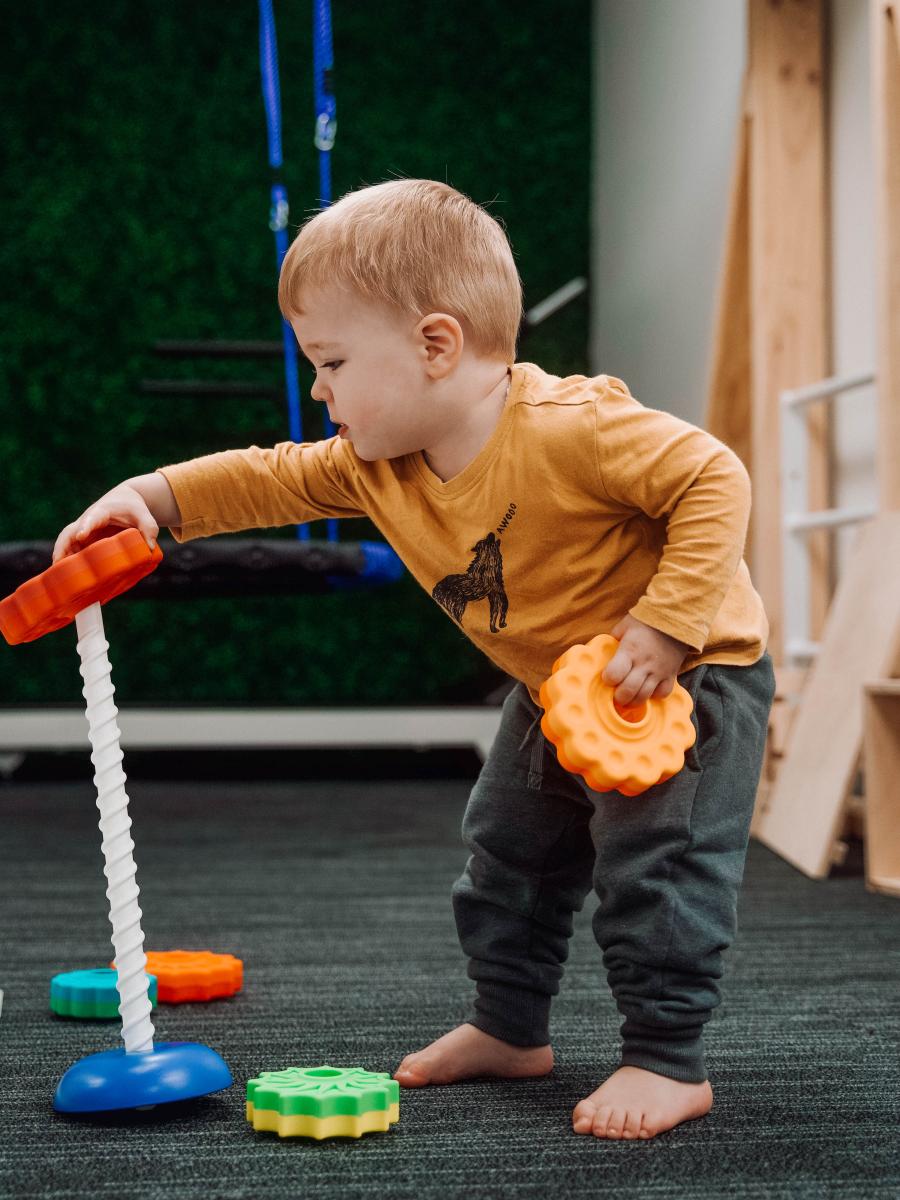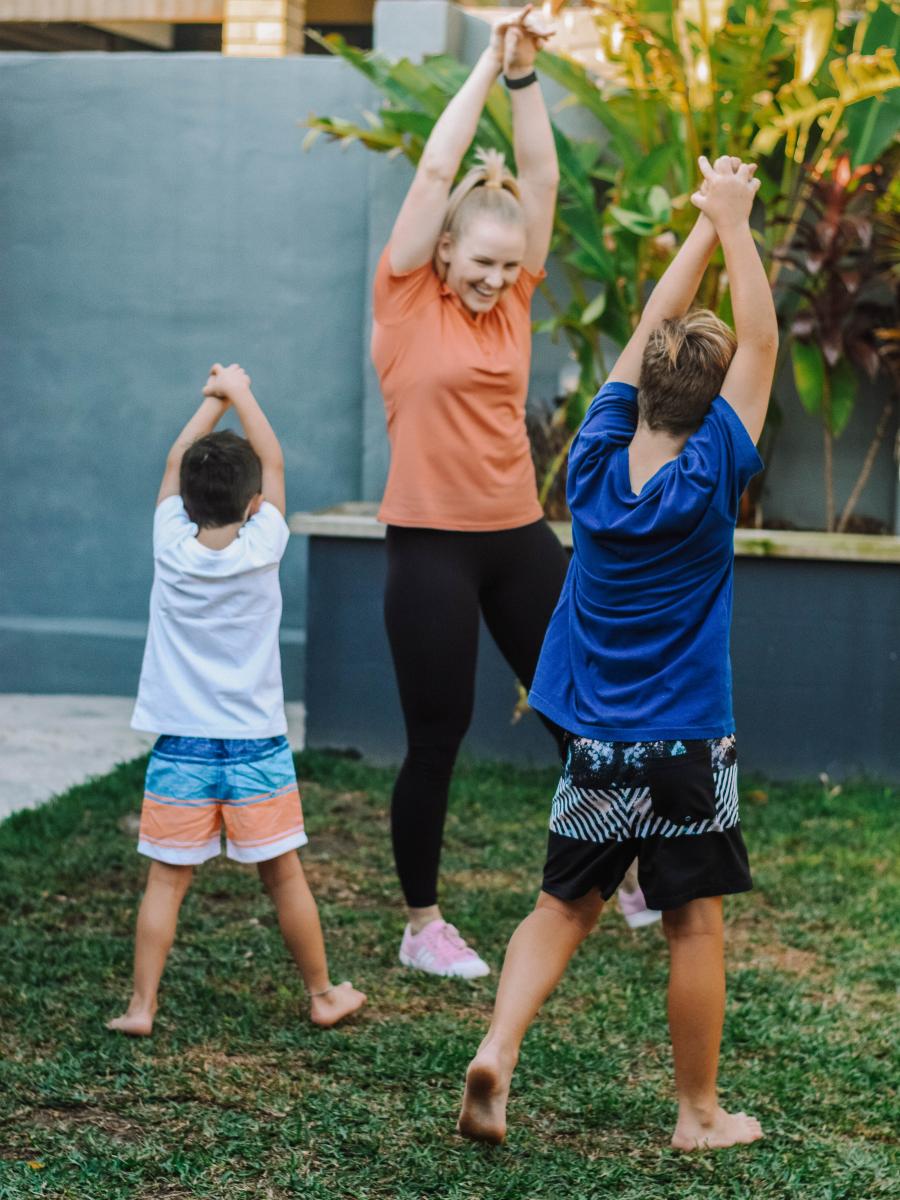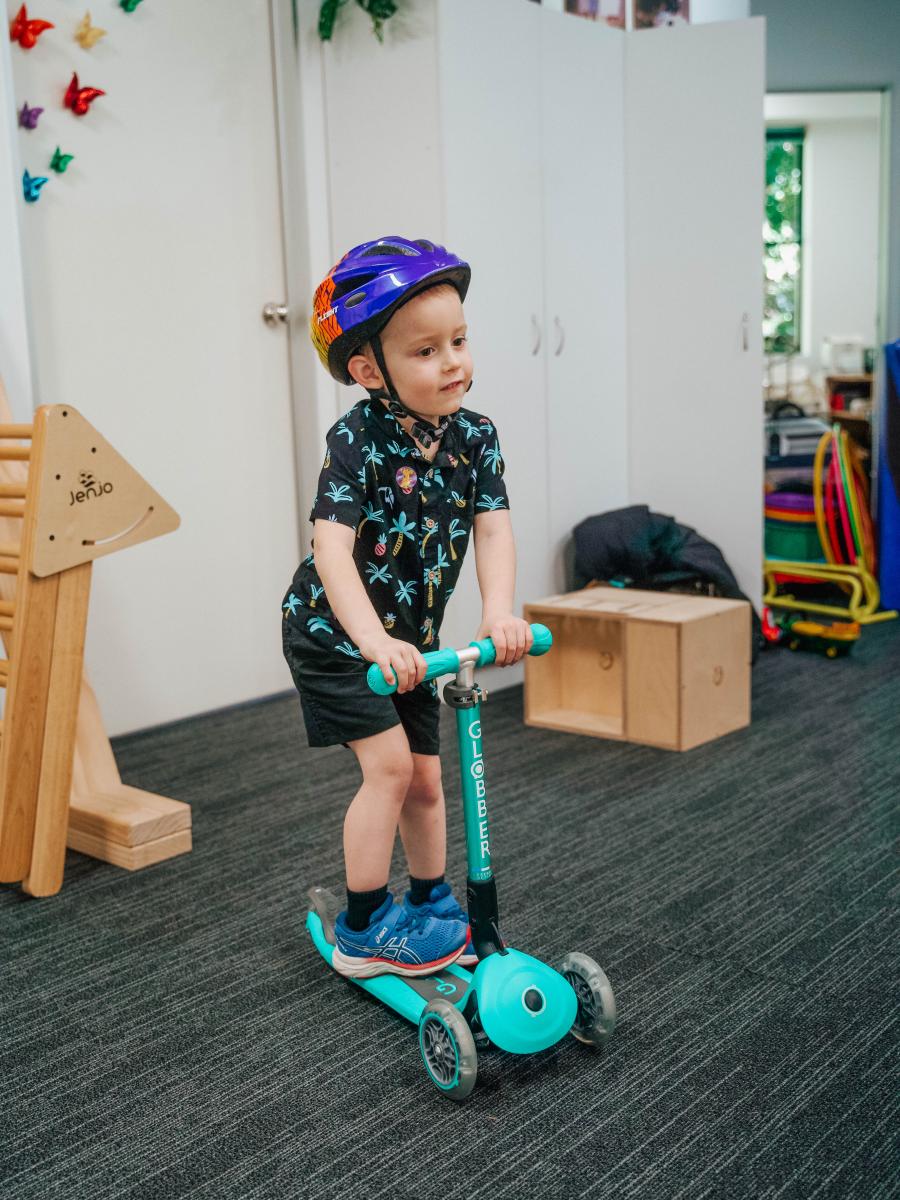Physical activity, we all know it’s important, but how much exactly should our kids be getting? Firstly, let’s understand […]

Physical activity, we all know it’s important, but how much exactly should our kids be getting?
Firstly, let’s understand why physical activity is so important. There are many benefits to living a physically active lifestyle, and these are not limited to just physical benefits.
Physical activity is extremely important to facilitate growth and development of the body to support long-term health. Being physically active when young cements good habits for life-long exposure.
The top 10 benefits of Physical Activity for children (and adults too):
But how much exactly?
Well, this changes depending on your child’s age. The Australian government provides recommendations based on two subgroups; from birth to 5 years and 5 to 17 years. Let’s take a deep dive into both of these subgroups.

From birth to 5 years
PLAY! Unstructured, active play! The more, the better!
Benefits: achieving and maintaining a healthy weight, enhancing muscle and bone strength, developing balance, coordination and movement, promoting well-being and learning outcomes
What should it look like: freedom in creating play, promoting independence and appropriate risk-taking, fun activities that encourage exploration of the body’s capacity and different movements.
Sedentary time: Should be limited as much as possible; rest time activities should include activities that promote development etc., puzzles, reading, drawing
For infants: (birth to 1 year)
Interactive floor-based play several times throughout the day
At least 30 minutes of tummy time throughout the day
Include- reaching and grasping
Once mobile, include- crawling, pulling to stand, cruising, walking
For toddlers: (1 to 2 years)
At least 3 hours of various activities, be sure to include some energetic play
Should be spread out throughout the day
Include- running, jumping, ball games, dancing, skipping
For preschoolers: (3 to 5 years)
At least 3 hours per day, including 1 hour of energetic play
Should be spread out throughout the day
Include- running, kicking, throwing, jumping, dancing, skipping
From 5 to 17 years
Benefits: Social, emotional, intellectual, health and physical benefits, cooperation and team skills, self-efficacy, improved longevity, increases in academic performance
What Should it look like? A mixture of both aerobic and resistance training, including formal and informal physical activity
Sedentary time: Should be limited; long periods of sedentary behaviour (apart from sleeping) can decrease the benefits provided by physical activity. The recommendation for sedentary recreational screen time is no more than 2 hours per day

Moderate-vigorous intensity activity:
At least 60 mins per day- more is better
Described as activities that make the heart beat faster
Can be broken down into shorter periods
Include- sports, bike/scooter, swimming, active play
Muscle strengthening:
At least three times per week, part of the 60 mins per day
Include- running, climbing, monkey bars, body weight or weighted exercises, yoga
Light intensity activity:
Several hours each day
Include- walking to school, going to the park, playing active games, helping around the house
For people with disability or chronic conditions:
There are no formal guidelines, but if you can, try and meet the physical activity recommendations for your specified age group.
How you do this might just be a little different; remember that any physical activity is better than none.
It is important to consult an allied health professional (like someone here at Upside :)) for guidance on activities that are suitable for your child.

Remember, our children copy what we do, so it is important to set a good example!
Here’s a little reminder of what our adult guidelines state…
We should be active most days, preferably every day
2.5 to 5 hours of moderate activities each week OR 1.25 to 2.5 hours of vigorous activities each week OR an equivalent combination
Resistance training at least two times a week
How am I going to fit that in?
There are many ways to increase the amount of physical activity your child is exposed to. You can start by encouraging your children to play and associate with active games and sports as much as possible and get involved with them in these activities (they will love it, and it will benefit you both!).
Fun family activities that increase physical activity include playing with a frisbee, flying a kite, going on a bush walk, playing sports in the backyard, going to the local park, or dancing.
Try to incorporate physical activity into your daily routine; this is called incidental physical activity. Small changes could include; walking/riding instead of driving, using the stairs instead of the escalator, parking further away from your destination, and decreasing or breaking up sedentary periods.
Physical activity has so many benefits and can be great fun- let’s go get the whole family involved and get active!
Brit EP x
https://www.health.gov.au/topics/physical-activity-and-exercise/physical-activity-and-exercise-guidelines-for-all-australians